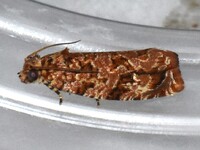
| Recorded by: Jeff Niznik, David George, Rob Van Epps, Kevin Metcalf on 2025-08-10
Richmond Co.
Comment: | 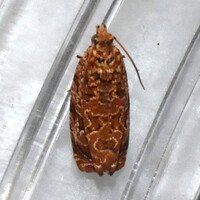
| Recorded by: Jeff Niznik, David George, Rob Van Epps, Kevin Metcalf on 2025-08-10
Richmond Co.
Comment: |
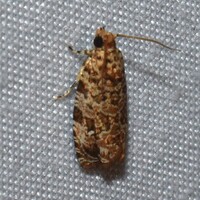
| Recorded by: David George, Jeff Niznik, Rob Van Epps, Kevin Metcalf on 2025-07-20
Richmond Co.
Comment: | 
| Recorded by: Jeff Niznik, David George, Rob Van Epps, Kevin Metcalf on 2025-07-20
Richmond Co.
Comment: |
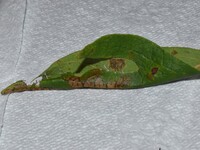
| Recorded by: Jeff Niznik, David George, Rob Van Epps, Kevin Metcalf on 2025-07-20
Richmond Co.
Comment: | 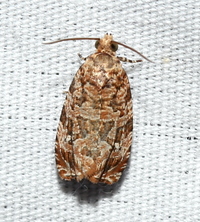
| Recorded by: David George on 2025-06-29
Richmond Co.
Comment: |
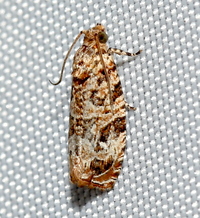
| Recorded by: Jeff Niznik, David George, Larry Chen, Sarah Toner, Joye Zhou on 2025-06-20
Richmond Co.
Comment: | 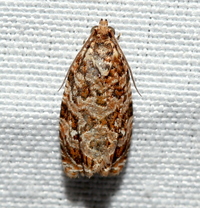
| Recorded by: David George, Jeff Niznik on 2024-08-06
Transylvania Co.
Comment: |
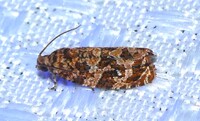
| Recorded by: Owen McConnell and Simpson Eason on 2024-06-19
Graham Co.
Comment: | 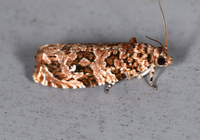
| Recorded by: Jim Petranka on 2023-07-31
Madison Co.
Comment: |
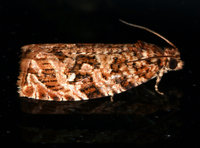
| Recorded by: Jim Petranka on 2023-06-05
Madison Co.
Comment: | 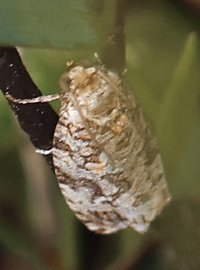
| Recorded by: John Petranka on 2023-05-11
Brunswick Co.
Comment: |
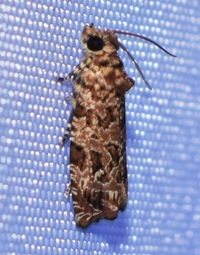
| Recorded by: Jeff Niznik on 2022-08-18
Chatham Co.
Comment: | 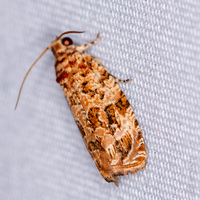
| Recorded by: David George, L. M. Carlson on 2022-07-18
Chowan Co.
Comment: |
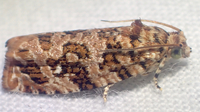
| Recorded by: tom ward on 2022-06-05
Buncombe Co.
Comment: | 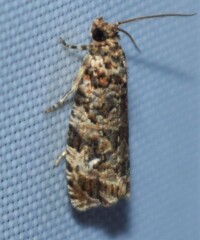
| Recorded by: Jeff Niznik on 2022-05-29
Chatham Co.
Comment: |
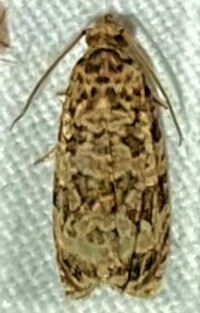
| Recorded by: Dean Furbish on 2021-08-22
Wake Co.
Comment: | 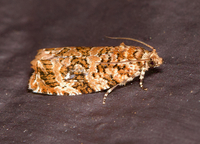
| Recorded by: Jim Petranka and Becky Elkin on 2021-07-22
Graham Co.
Comment: |
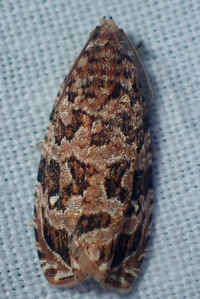
| Recorded by: tom ward on 2021-07-19
Buncombe Co.
Comment: | 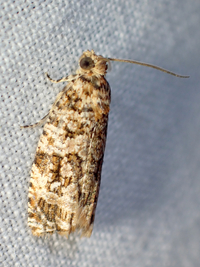
| Recorded by: tom ward on 2021-05-28
Buncombe Co.
Comment: |
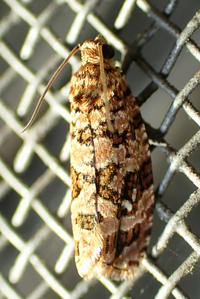
| Recorded by: tom ward on 2021-05-02
Buncombe Co.
Comment: | 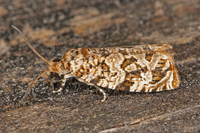
| Recorded by: Mark Shields on 2020-05-02
Onslow Co.
Comment: |
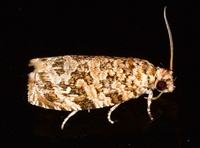
| Recorded by: Jim Petranka and Becky Elkin on 2019-08-05
Madison Co.
Comment: | 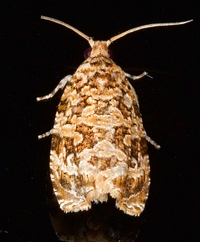
| Recorded by: Jim Petranka and Becky Elkin on 2019-08-05
Madison Co.
Comment: |
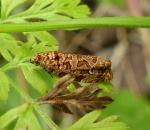
| Recorded by: F. Williams, S. Williams on 2019-05-13
Gates Co.
Comment: | 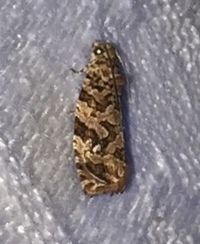
| Recorded by: Ken Kneidel on 2018-08-10
Yancey Co.
Comment: |
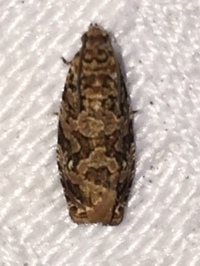
| Recorded by: Ken Kneidel on 2018-08-10
Yancey Co.
Comment: | 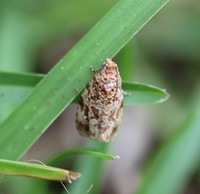
| Recorded by: Amanda Auxier on 2018-07-08
Pender Co.
Comment: |
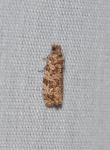
| Recorded by: K. Bischof on 2017-05-28
McDowell Co.
Comment: | 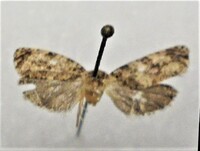
| Recorded by: Darryl Willis on 2015-05-22
Cabarrus Co.
Comment: |
|

 »
»
















